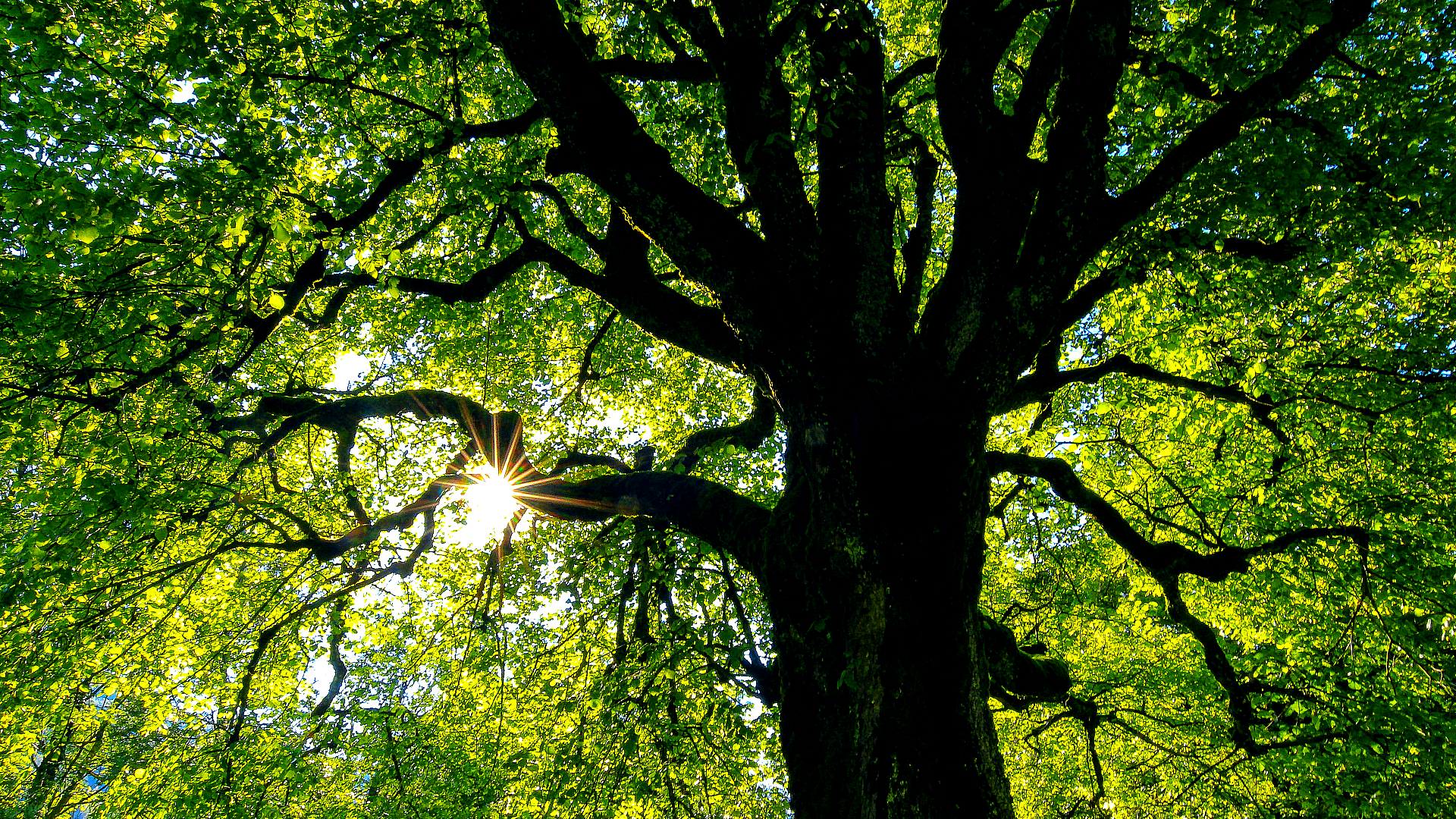To monitor how trees are being affected by changes in their immediate environment, researchers are hooking them up to Twitter using a suite of sensors on and around their trunks.
If you’d told me a few years ago that, in 2021, trees would be tweeting, I’d have likely laughed in your face.
Alas, given how significantly technology has infiltrated its way into our lives during the last two decades, it’s relatively unsurprising that experts have somehow managed to achieve this.
Let me explain. With climate change at the forefront of everyone’s minds and a seemingly-never ending push for solutions that’ll help us get out of this mess, scientists have turned a great deal of their attention towards protecting our forests.
In fall, I drop seeds (acorns) that are food for 100+ types of wildlife. Many of these animals, like squirrels and blue jays, carry my acorns a great distance before storing them underground. They become accidental gardeners of new trees! pic.twitter.com/hDvy9T8fEA
— A witness tree (@awitnesstree) November 6, 2019
Namely because, without them, life on Earth would cease to exist – a devastating reality we’re already on the brink of.
According to a study in July, the Amazon rainforest was found to be releasing more CO2 than it’s able to absorb. Fortunately, researchers at Ghent University are offering some hope with TreeWatch.net, a system that’s able to monitor how trees are being affected by changes in their immediate environment.
This way, they can better understand the measures that need to be taken in order to ensure that trees continue to thrive. But how does Twitter tie into all of this?
This month I am resting; my trunk and branches are not really growing. pic.twitter.com/gnhBT5XSFj
— A witness tree (@awitnesstree) September 24, 2019
Using a suite of sensors around a tree’s trunk – including an embedded ribbon that tracks water flow, a spring-loaded pin against their bark to keep an eye on shrinkage or swelling, and a camera to capture leaf growth – the data streams these produce are analysed by a computer that cross-checks incoming numbers with pre-programmed thresholds for normal activity.
This information is then posted as a complete message on Twitter in the tree’s ‘own voice’ that can be evaluated in real-time and used as a testing ground to study how the public engages with such topics. Though still in its infancy, it’s a technology that shows exceptional promise.
To date, it’s taught scientists that drought can cause stomata (openings on the underside of a tree’s leaf) to close, disrupting growth as a result. If this happens often, it can lead to less carbon uptake, just as we’re currently witnessing with the Amazon.
In 2019, it just kept raining and snowing. Overall, it was the 8th wettest year I have experienced here at Harvard Forest. We all need water, but when there's too much, I have a harder time getting oxygen and keeping stable footing in the soil.
— A witness tree (@awitnesstree) February 2, 2020
Based on this knowledge, they’ve been able to see that individual trees respond differently to the same heat waves, and that water transport in trees can react instantly to the presence of a solar eclipse.
New trees monitored by TreeWatch.net will measure carbon lost due to tree respiration, paving the way for more accurate carbon accounting.
Long-term, Ghent University researchers are seeking to build a vast, international network of tweeting trees, an internet of trees, if you will. This would provide us with invaluable insights into the wellbeing of our forest ecosystems and, best-case-scenario, save us from the climate crisis.
Pretty revolutionary if I say so myself.

















